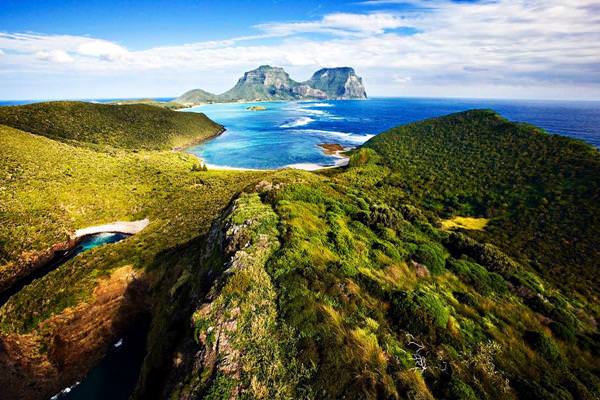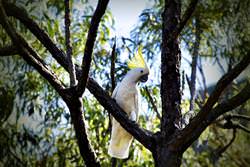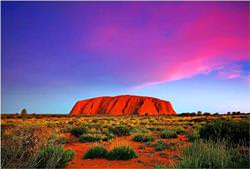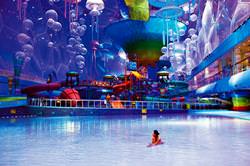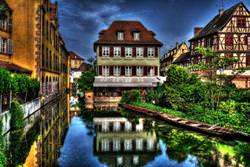Lord Howe Island Group, Australia
From series “Famous Unesco Sites in Australia”
The archipelago of Lord Howe is the Australian landmark that is amazing in all respects. Its largest island of the same name occupies an area of 14.5 square km. This island is self-managed. A little more than 340 people live there continuously. The Lord Howe Island Group gained a status of world-important landmark due to its unique nature. There you can meet a lot of endemic plants, which can’t be found anywhere else in the world.
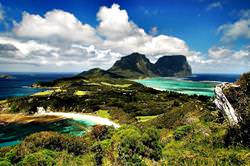 Islands were formed about 20 million years ago as a result of volcanic activity. Today, while walking on the main island of the archipelago, you can see rare species of palm trees, take a stroll along the fabulously beautiful beaches, and observe exotic birds. The main island is surrounded by small coral islets that also attract a great interest of scientists as well as divers from around the world. Lord Howe archipelago is the southernmost point on the planet where the coral polyps grow. Islands house many rare species of fish and other marine life.
Islands were formed about 20 million years ago as a result of volcanic activity. Today, while walking on the main island of the archipelago, you can see rare species of palm trees, take a stroll along the fabulously beautiful beaches, and observe exotic birds. The main island is surrounded by small coral islets that also attract a great interest of scientists as well as divers from around the world. Lord Howe archipelago is the southernmost point on the planet where the coral polyps grow. Islands house many rare species of fish and other marine life.
Lord Howe Island Group - interactive map
Useful staff nearby
ATM bankomat: 'Commonwealth Bank Lord Howe Island Branch' located in 30 km ( check the route on the map).
check the route on the map).
Nearest unique sightseeing spots to visit
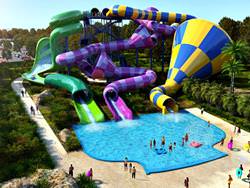
713 km - Wet'n'Wild Water World
The largest and top-notch water park of Australia can be found at Oxenford. Wet‘n’Wild has the same name with the famous water park of Orlando. It is in no way inferior to its American counterpart. This water park is the largest in Australia. It serves visitors all …
From the series 'The Greatest and Fanciest Water Parks'
The largest and top-notch water park of Australia can be found at Oxenford. Wet‘n’Wild has the same name with the famous water park of Orlando. It is in no way inferior to its American counterpart. This water park is the largest in Australia. It serves visitors all …
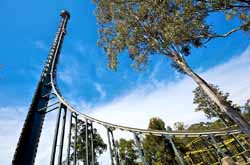
717 km - Tower of Terror II
Thrilling roller coaster that can claim to be the most impressive can be found in Australia. It is situated in the popular Gold Coast beach resort, in the Dreamworld Gold Coast amusement park. Opening of the dramatic ride called 'Tower of Terror' was held in …
From the series 'The Most Thrilling Roller Coasters in the World'
Thrilling roller coaster that can claim to be the most impressive can be found in Australia. It is situated in the popular Gold Coast beach resort, in the Dreamworld Gold Coast amusement park. Opening of the dramatic ride called 'Tower of Terror' was held in …
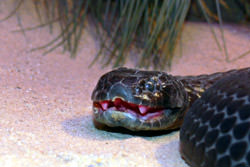
748 km - Snake Ranch
Snakes are among the most prominent representatives of the Australian fauna. So it’s not surpising that a real Snake Ranch can be found in Australia. A total of 15 snake species are presented on a farm, most of which are pythons. Snake breeding is a very profitable …
From the series 'Top 10 Extraordinary Farms'
Snakes are among the most prominent representatives of the Australian fauna. So it’s not surpising that a real Snake Ranch can be found in Australia. A total of 15 snake species are presented on a farm, most of which are pythons. Snake breeding is a very profitable …
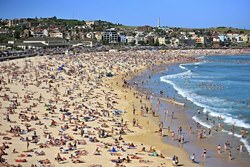
782 km - Bondi Beach
Bondi Beach is considered one of the most popular beaches in Sydney. It is located near the city. Local aborigines gave the name to this section of the coast hundreds of years ago. The word "Bondi" means "water breaking on rocks" in their language. This name fully …
From the series 'Top Beaches for Surfing on Huge Waves'
Bondi Beach is considered one of the most popular beaches in Sydney. It is located near the city. Local aborigines gave the name to this section of the coast hundreds of years ago. The word "Bondi" means "water breaking on rocks" in their language. This name fully …
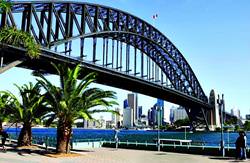
786 km - Harbour Bridge
Those who are tired of visiting standard lookouts, will be able to diversify the holiday in Sydney. The local Harbour Bridge is one of the largest arch bridges in the world. Several years ago, the great Pylon Lookout was constructed there. Visitors can come up via the …
Those who are tired of visiting standard lookouts, will be able to diversify the holiday in Sydney. The local Harbour Bridge is one of the largest arch bridges in the world. Several years ago, the great Pylon Lookout was constructed there. Visitors can come up via the …
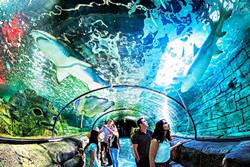
787 km - Sydney Aquarium
Another world famous aquarium is located in Sydney. The center was opened in 1988. Today, it attracts visitors with one of the richest collections of marine life in the world. This aquarium is famous for its spectacular underwater tunnel system, which guarantees a …
From the series 'The Coolest and Largest Oceanariums in the World'
Another world famous aquarium is located in Sydney. The center was opened in 1988. Today, it attracts visitors with one of the richest collections of marine life in the world. This aquarium is famous for its spectacular underwater tunnel system, which guarantees a …
OrangeSmile.com - online travel reservation expert providing reliable car rental and hotel booking services. We feature more than 25.000 destinations with 12.000 rental offices and 200.000 hotels worldwide.
Secure Server




OrangeSmile B.V. - Hotel Booking Worldwide
Head office: Weegschaalstraat 3
Eindhoven,
5632 CW
Netherlands
+31 40 40 150 44
Copyright © 2002 -
OrangeSmile Tours B.V. | OrangeSmile.com | Under the direction and management of IVRA Holding B.V. - Registered at Kamer van Koophandel (KvK), The Netherlands No. 17237018


